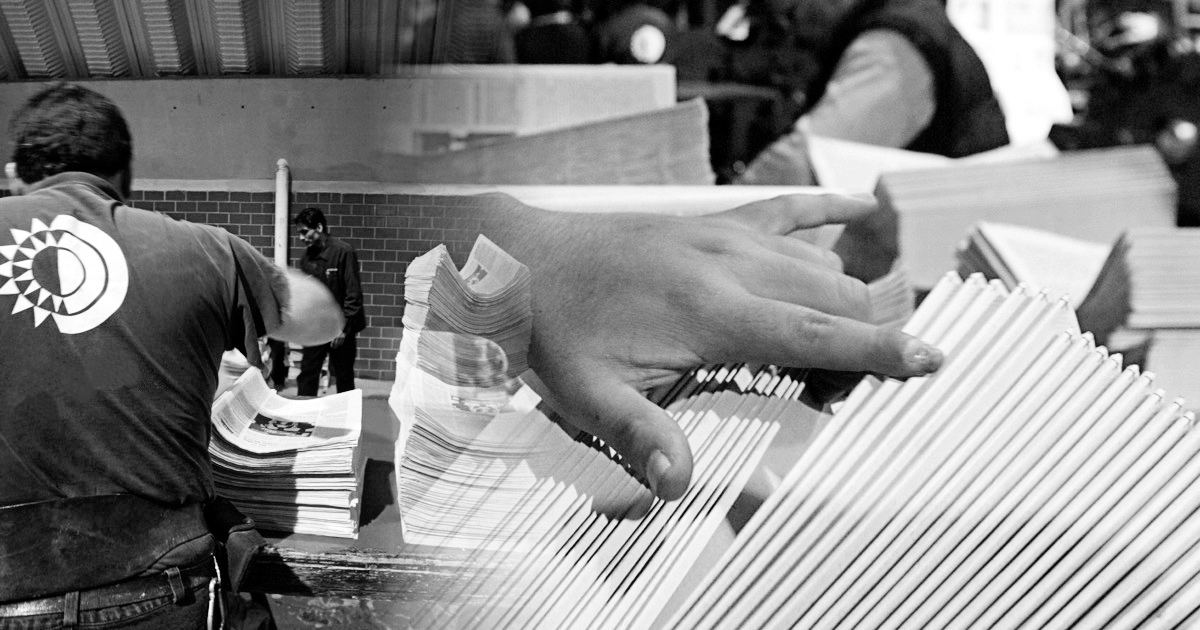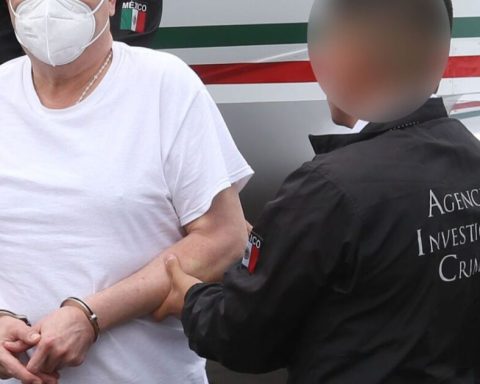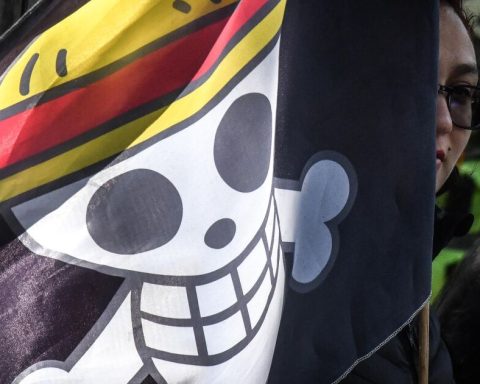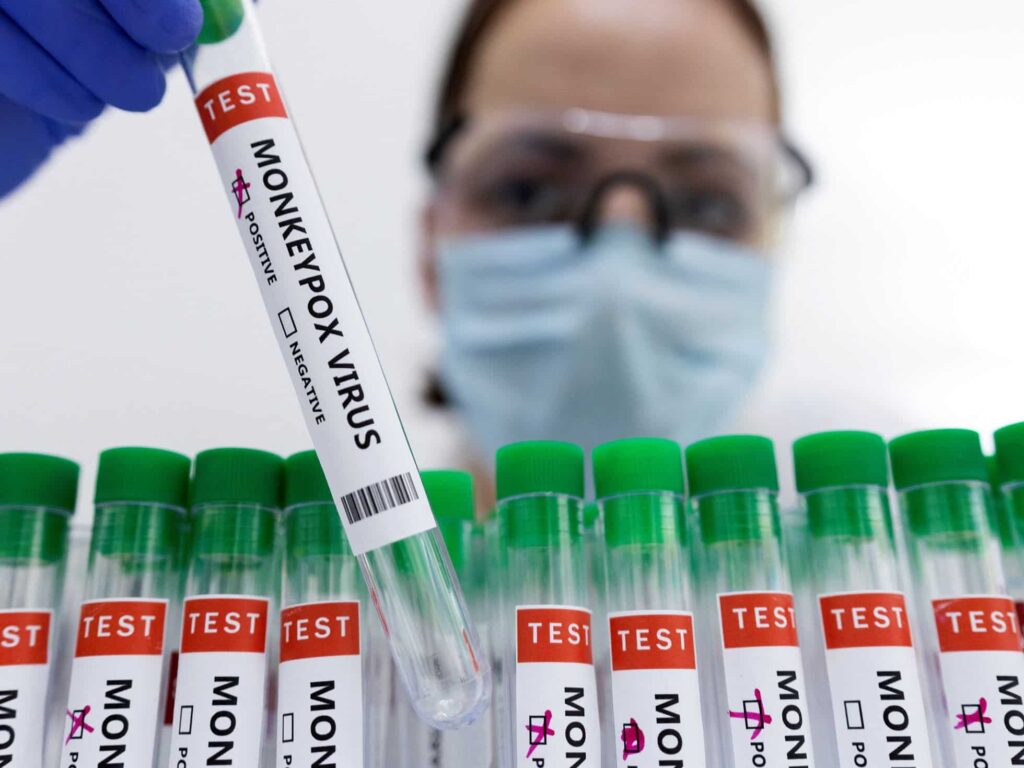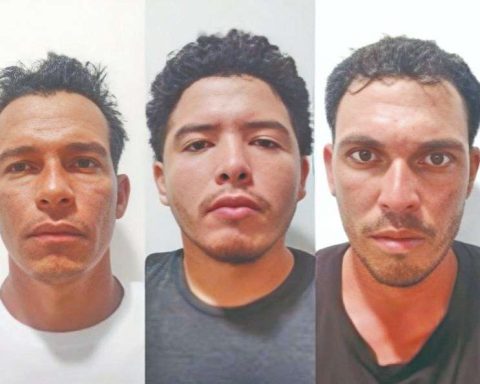AND
n September 27, 2022, a tropical cyclone – Hurricane Ian– hit the western Cuban province of Pinar del Río. Sustained winds of about 200 kilometers per hour remained over Cuba for more than eight hours, downing trees and power lines, and causing damage never seen in tropical cyclones. Afterwards, the hurricane remained over the Gulf of Mexico, recovering energy before hitting the US island of Cayo Costa, Florida, with winds of 249 kilometers per hour. The World Meteorological Organization (WMO) considered it one of the worst hurricanes to hit the area in a century
.
The Climate Prediction Center of the National Oceanic and Atmospheric Administration declared that this year will be the seventh consecutive above-average hurricane season
. Both Cuba and Florida have faced the fury of the waters and the winds, and behind this lies the ferocity of the climate catastrophe. Climate science is increasingly able to show that many of these extreme events have become more likely and more intense due to human-induced climate change.
said WMO Secretary-General Petteri Taalas.
Cuba, according to the WMO, is one of the world leaders in terms of hurricane preparedness and disaster management
. This was not always so. On October 4, 1963, hurricane Flora hit the eastern coast of the island. When news of the approaching cyclone reached Fidel Castro, he ordered the immediate evacuation of the homes of people living in the predicted path (in Haiti, the dictator François Duvalier did not call for an evacuation, which caused the death of more of 5 thousand people). Castro hurried to Camagüey, nearly dying in the Cauto River when his amphibious vehicle was hit by a log. Two years later, in his work Socialism and man in Cubathe Che Guevara wrote that the Cuban people showed Exceptional Valor and Sacrifice
rebuilding the country after the devastation.
In 1966, the Cuban government created the Civil Defense System to be prepared for phenomena such as hurricanes and, also, for the appearance of epidemics. Using science as the basis for its hurricane preparedness, Cuba evacuated 2 million people when Hurricane Ivan approached the island in 2004. As part of disaster management, the entire population participates in drills, and the Cuban mass organizations (the Women’s Federation and the Committees for the Defense of the Revolution) work together to mobilize the population in the face of catastrophes.
The day before passing Ian through Cuba, 50 thousand people were evacuated and taken to 55 shelters. There were no private vehicles or public transportation on the streets. Work brigades were mobilized to restore electricity after the storm. In Artemisa, for example, the Provincial Defense Council met to discuss how to react to the inevitable floods. Despite the efforts of the Cubans, three people died from the hurricane, and the power grid suffered significant damage.
The entire island was left without electricity for more than three days. The power grid, already suffering from a lack of major repairs, collapsed. Without power, Cubans had to throw away food that needed to be refrigerated, and it was difficult to guarantee every meal. On October 1, less than five days after landfall, 82 percent of Havana residents had their electricity restored, and work continued in the west of the island.
The long-term impact of Ian It has not yet been evaluated, although some believe that the cost of the damage will exceed one billion dollars. More than 8,500 hectares of crops have been affected, with the banana crop being the most damaged. The biggest problem will be the tobacco industry, since Pinar del Río –where 5,000 farms were destroyed– is its nucleus (with 65 percent of the country’s tobacco production).
Mexico and Venezuela immediately committed to sending materials to help rebuild electricity on the island. All eyes turned to Washington, not only to see if it would send aid, which would be welcome, but also to see if it would remove Cuba from the list of state sponsors of terrorism and end the sanctions imposed. These measures make banks, both in the United States and abroad, reluctant to process any financial transactions, including humanitarian donations. Washington has a mixed record when it comes to humanitarian aid to Cuba. after the hurricanes Michelle (2001), Charlie (2004) and wilma (2005), the US offered help, but did not even temporarily lift the blockade. Following the fire at an oil storage facility in Matanzas in August 2022, the US offered to join Mexico and Venezuela in helping the Cubans put out the fire. The Deputy Minister of Foreign Affairs of Cuba, Carlos Fernández de Cossio, thanked deeply
the gesture, but the administration of US President Joe Biden did not comply.
Instead of lifting the sanctions, even for a limited period, Washington sat by and watched as mysterious forces in Miami unleashed a torrent of Facebook and WhatsApp messages to mobilize desperate Cubans onto the streets. Washington wastes no time trying to destabilize the situation in Cuba, even using a natural catastrophe (a story that dates back to 1963, when the Central Intelligence Agency was pondering how to exploit natural disasters for political gain). Most people don’t cry freedom
a person who observed one of these protests told us. They ask for power and food
.
This article was produced for Globetrotter
* Indian historian, editor and journalist. He is a staff member and chief correspondent for the Globetrotter.
** Executive co-director of the People’s Forum and researcher at the Tricontinental Institute for Social Research.
